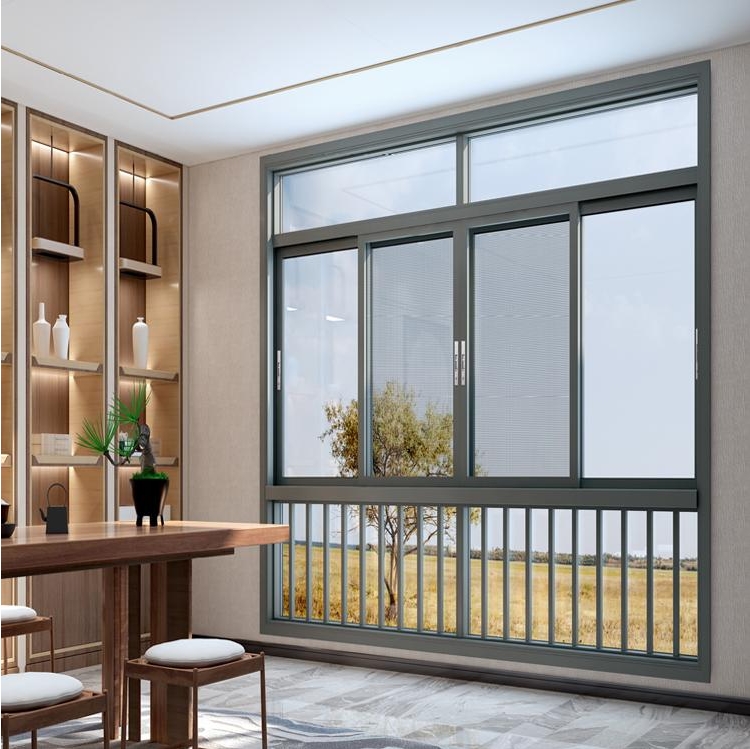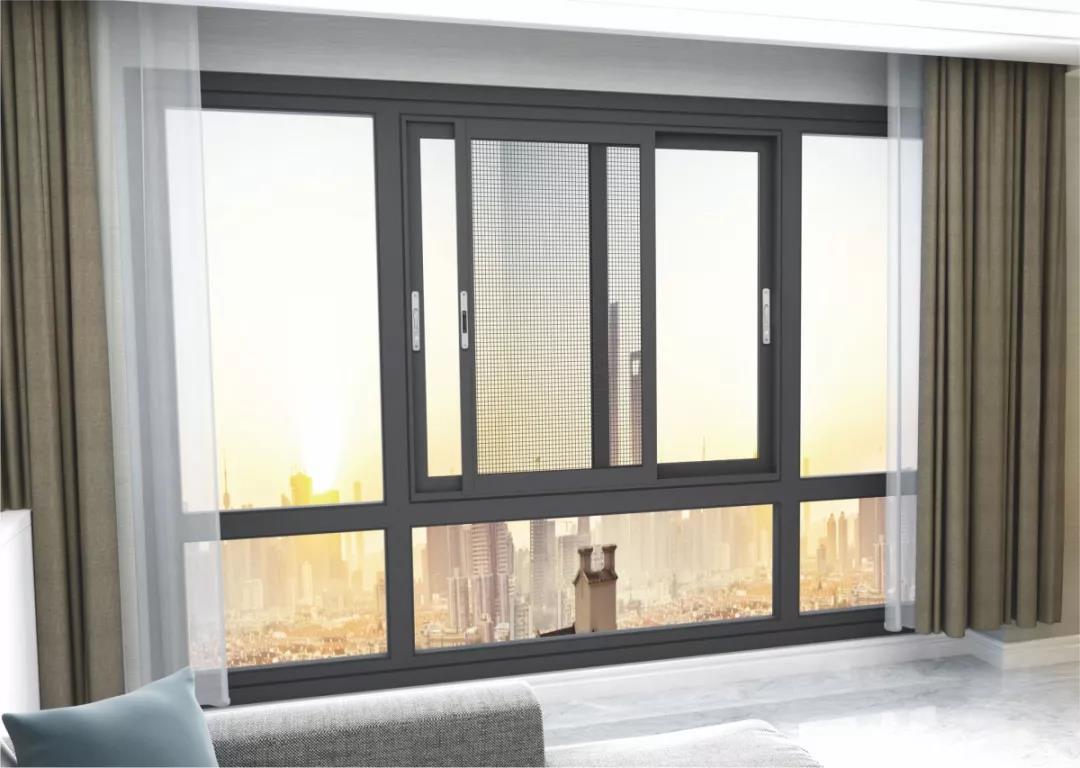English 


Views: 0 Author: Site Editor Publish Time: 2024-08-31 Origin: Site
Sliding windows, also known as gliding windows, have become popular in residential and commercial spaces due to their sleek design, ease of use, and space-saving properties. Unlike traditional windows that open outward or inward, sliding windows move horizontally along a track, providing an unobstructed view and maximizing ventilation. In this article, we will explore the features, benefits, types, and considerations of sliding windows to help you decide if they are the right choice for your space.

What Are Sliding Windows?
Sliding windows have one or more sashes that slide horizontally along a track. These windows are typically made with large glass panes that offer expansive views of the outdoors, making them a favorite for modern and contemporary designs. Since sliding windows do not swing open, they are ideal for areas where space is limited or where a clean, minimalist appearance is desired.
Types of Sliding Windows
Single-Slider Windows: These windows have one fixed panel and one operable panel that slides horizontally. They are ideal for areas where ventilation is controlled, and a simple, streamlined look is desired.
Double-Slider Windows: Both panels in double-slider windows are operable, allowing them to slide back and forth. This provides greater flexibility in ventilation and ease of cleaning from both sides, making them a popular choice for larger openings.

Three-Panel Sliding Windows: These windows feature three panels, with the two outer panels usually operable and the middle panel fixed. They are perfect for wide openings where a panoramic view and maximum airflow are desired.
Tilt-and-Slide Windows: A hybrid of sliding and tilt-and-turn windows, these windows can be tilted inward for ventilation or slid horizontally along a track. They are ideal for those looking for added versatility and functionality.

Benefits of Sliding Windows
Space Efficiency: One of the primary advantages of sliding windows is that they do not require extra space for opening or closing. This makes them ideal for rooms with limited space, such as kitchens, bathrooms, and small bedrooms.
Unobstructed Views: Sliding windows are designed with large glass panels that offer a clear, unobstructed view of the outdoors. They are perfect for rooms that face scenic landscapes or gardens, bringing in natural light and enhancing the room's ambiance.
Easy Operation: Sliding windows are easy to operate, with smooth gliding mechanisms that require minimal effort. This makes them particularly user-friendly for people of all ages and abilities, including children and older people.

Low Maintenance: Unlike traditional windows with multiple moving parts, sliding windows have fewer components that can wear out over time. They are relatively low-maintenance and easy to clean, especially double-slider models that allow access to both sides of the glass from the inside.
Energy Efficiency: Modern sliding windows are designed to be energy-efficient, featuring double or triple glazing, low-E (low-emissivity) coatings, and weatherstripping to reduce heat transfer and prevent drafts. This helps maintain a comfortable indoor temperature and reduces energy bills.
Versatility in Design: Sliding windows come in various materials, finishes, and configurations, making them suitable for different architectural styles—from contemporary and modern to traditional and rustic.

Considerations When Choosing Sliding Windows
Material: The choice of material impacts the window's durability, maintenance, insulation, and overall appearance. Common materials for sliding windows include:
Track and Hardware Quality: High-quality tracks and hardware ensure smooth operation and longevity of the windows. Consider windows with stainless steel or anodized aluminum tracks that resist corrosion and wear.